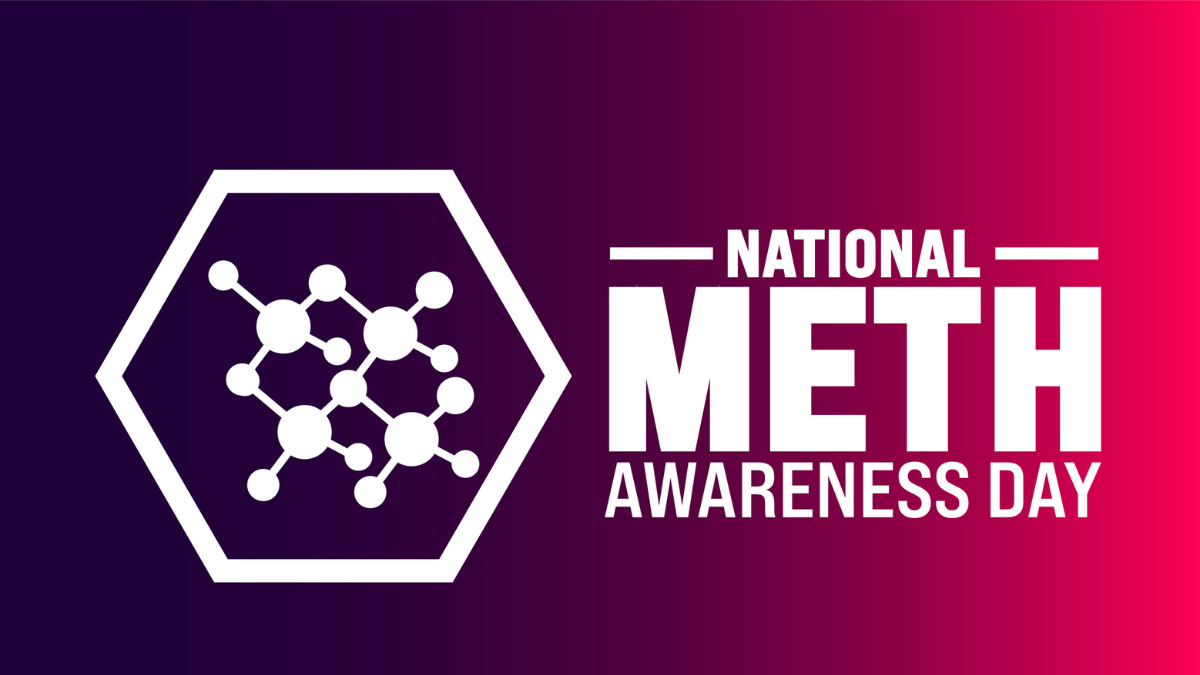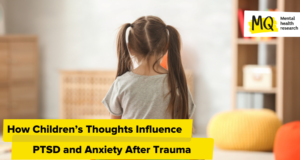
Methamphetamine* is one of the most common illicit drugs used in the United States and worldwide, and its use is spreading.
What is methamphetamine?
Methamphetamine is a stimulant drug**. There are a few different stimulants that you have heard of, like caffeine, cocaine, and amphetamines. All these chemicals “stimulate” or rev up your central nervous system, which can make you feel more alert, more energetic, or high (euphoric). However, it can also lead to bad consequences, like causing your heart to race, spiking your blood pressure, or making you feel anxious or psychotic.
Methamphetamine can be prescribed in low doses (as a pill) to treat conditions like ADHD. When it is misused for nonmedical purposes, it is taken in much higher doses as a pill, powder or crystal. People may use methamphetamine to get high, boost sexual experiences, stay awake, counteract the effects of other drugs, or cope with other problems.
What is methamphetamine addiction?
Methamphetamine is highly addictive, especially when taken at high doses by snorting, smoking or injecting. In the United States, about one percent of adults over 26 used methamphetamine in the past year. Alarmingly, of those adults, more than half were addicted to methamphetamine, which is more than a million Americans.
What does it mean to be addicted? Addiction (also known as a substance use disorder) is a chronic brain disease where people compulsively seek and use drugs even though it causes them harm. People with methamphetamine addiction lose control over how they use the drug, and it interferes with important elements of their lives. They may experience cravings for methamphetamine and may feel sick if they cut down on their use. There are effective treatments for methamphetamine addiction, and SAMHSA is working to make treatment accessible across the country.
What is ‘overamping’ on methamphetamine?
Methamphetamine use can be dangerous, even for individuals who are not addicted. In 2023 alone, 36,000 Americans died from psychostimulant overdoses—the majority of these were linked to methamphetamine.
‘Overamping’ is a term used to describe the uncomfortable and potentially harmful effects that can occur after using a stimulant. These effects can be psychological or physical or both. Signs of overamping can include:
- Chest pain or irregular heartbeat.
- Shortness of breath.
- Severe headache.
- Heavy sweating and hot skin.
- Abnormal movements like rigid or jerking limbs or teeth grinding.
- Paranoia, confusion, severe agitation, insomnia or hallucinations.
The most dangerous form of overamping is a potentially fatal overdose. Recognizing the signs early can save lives. Signs of a methamphetamine overdose can include:
- Severe chest pain.
- Signs of a stroke (inability to speak, confusion, loss of feeling or weakness on one side of the face or body, etc.).
- Seizure.
- Loss of consciousness or cardiac arrest (loss of a pulse).
Check out the Centers for Disease Control and Prevention’s Stimulant Guide (PDF | 956 KB) (especially pages 3 and 4) to learn how to prevent, recognize, and help someone experiencing overamping or stimulant overdose.
What are other health effects of methamphetamine?
Methamphetamine can affect your health in many ways. Using drugs like methamphetamine to enhance planned sexual experiences is sometimes called “chemsex.” Chemsex is associated with a higher risk of acquiring or transmitting sexually transmitted infections. Long term methamphetamine use can also cause heart failure, a debilitating condition where the heart pumps less effectively, leading to shortness of breath and fluid buildup in the body. Another common consequence of chronic methamphetamine use is tooth decay and severe dental pain. People who use methamphetamine are more likely to experience social problems like homelessness and criminal justice involvement. These are just a few of the many harmful effects of methamphetamine use.
What are the effects of combining methamphetamine with other drugs?
About half of overdose deaths involving stimulants also involve opioids. Combining opioids and methamphetamine is becoming more common and is particularly dangerous. In some cases, people may unknowingly be exposed to opioids because the methamphetamine they use has been adulterated (“cut with” or “laced with”) with another drug or substance. Others knowingly combine the two drugs. Unfortunately, people who use both opioids and methamphetamine are less likely to access addiction treatment or stay in treatment once they have started, and are at higher risk for hospitalization, overdose, and other adverse health outcomes.
Need help?
If you or someone you know needs help to stop using substances – whether it is methamphetamine, opioids, or another drug – there are treatments that work. Call SAMHSA’s National Helpline at 1-800-662-HELP (4357) or TTY: 1-800-487-4889, or text your zip code to 435748 (HELP4U), or use the SAMHSA’s Behavioral Health Treatment Services Locator to get help.
Many people who could benefit from treatment may not realize they have an addiction, may doubt that treatment will work for them, or may have experienced stigma when seeking help. But with the right treatment plan, recovery is possible. However, if you’re not ready to stop or cut back on methamphetamine use, it is important to stay as safe as possible. Check out the CDC’s Stimulant Guide (PDF | 956 KB) (especially pages 9-11) for harm reduction strategies***.
*November 30, 2024 is National Methamphetamine Awareness Day, which was created in 2006 by former President George W. Bush.
** Stimulant drugs that are more likely to cause addiction are sometimes called psychostimulants with abuse potential. All psychostimulants are stimulants, but not all stimulants have high abuse potential.
***No federal funding is used directly or through subsequent reimbursement of grantees to purchase pipes in safer smoking kits. Grants include explicit prohibitions of federal funds to be used to purchase drug paraphernalia.




